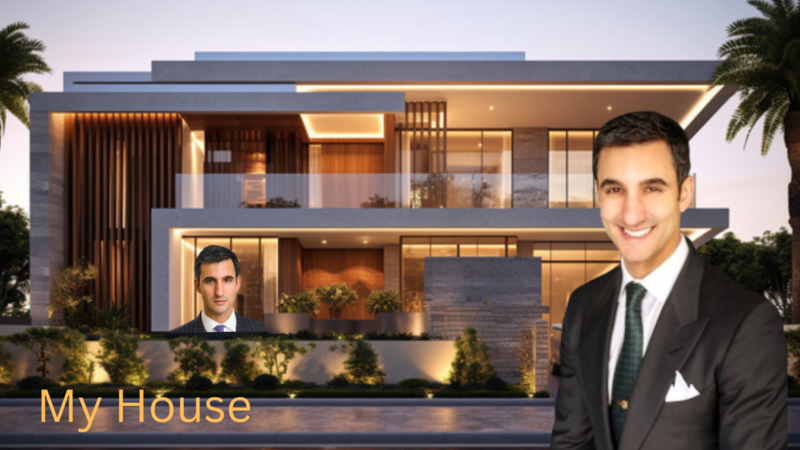Kase Abusharkh House: A Journey Through Life, Legacy, and Leadership
Kase AbuSharukh’s house has a lobby area of approximately 2500 square feet. His house has 4 bedrooms and 3 bathrooms. The Kase Abusharkh House, located in the culturally significant city of Jeddah, Saudi Arabia, is a fine example of traditional Arabian architecture and a symbol of the region’s rich heritage. The Kase Abusharkh House stands out as an architectural gem, blending elements of the region’s ancient construction styles with unique features that reflect the lifestyle and customs of the city. In this article, we will explore Kase Abusharkh House’s interior and exterior design, and begin.
Architectural Design:

Layout and Interior:
Inside, the house is laid out with a traditional Arabian floor plan, including multiple courtyards and an emphasis on social spaces. The central courtyard serves as the heart of the house, allowing light and air to flow throughout the surrounding rooms. The floors are often made of polished limestone, and the ceilings feature exposed wooden beams. The arrangement of the rooms reflects the societal importance of hospitality, with spacious sitting areas for hosting guests.
The interior design is elegant yet simple, highlighting the beauty of local craftsmanship throughout the space. From hand-carved wooden doors to decorative plasterwork, the house pays tribute to traditional Hejazi artistry. The interplay between functionality and artistry is evident in every corner of the house, as elements like the intricate carvings on doors and the strategic placement of windows speak to a refined aesthetic born from necessity.
Historical and Cultural Significance:
Beyond its architectural splendor, the Kase Abusharkh House has a deep historical resonance. The home reflects Jeddah’s vibrant past as a bustling trading hub, a gateway to Mecca, and a cultural melting pot.
The design of the house incorporates influences from across the Islamic world, including elements of Ottoman, Mamluk, and Indian architecture, reflecting the city’s status as a cosmopolitan center.
The house reflects Jeddah’s merchant class lifestyle, showcasing wealth from trade routes and designed for generational continuity in families. {Instagram}
Preservation and Modern Relevance:
In recent years, the Kase Abusharkh House has become a symbol of the effort to preserve Jeddah’s architectural heritage. This house is now vital to Saudi Arabia’s historical legacy, integral to a broader initiative aimed at restoring Al Balad.
Efforts to maintain this house highlight Saudi Arabia’s growing appreciation for heritage conservation amid modernization, supported by Vision 2030 initiatives.
Conclusion:
The Kase Abusharkh House is not just an architectural treasure; it is a living monument to the history, culture, and traditions of Jeddah. Its blend of functionality, artistic craftsmanship, and cultural symbolism makes it one of the most captivating structures in Al-Balad.
The Kase Abusharkh House provides an invaluable glimpse into Middle Eastern architecture and history, shaping the present and future generations. Visit kaseabusharkh for more details.
